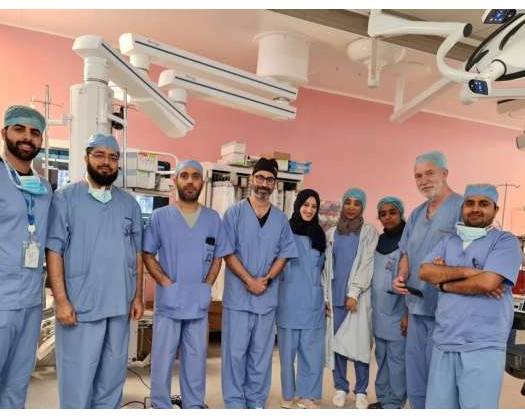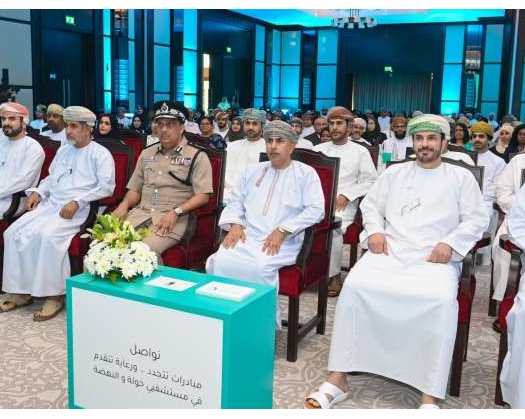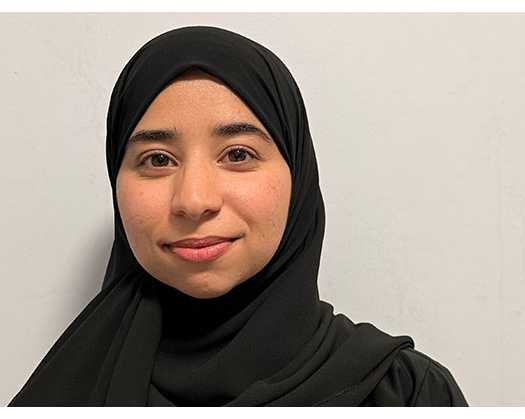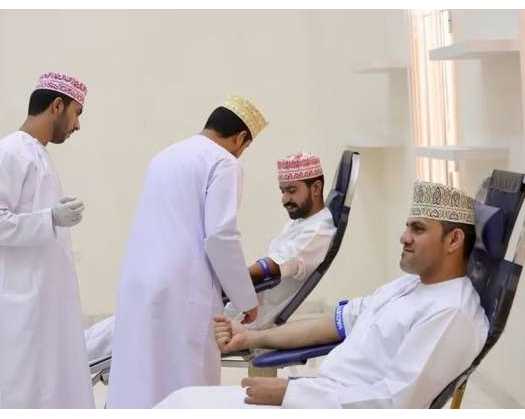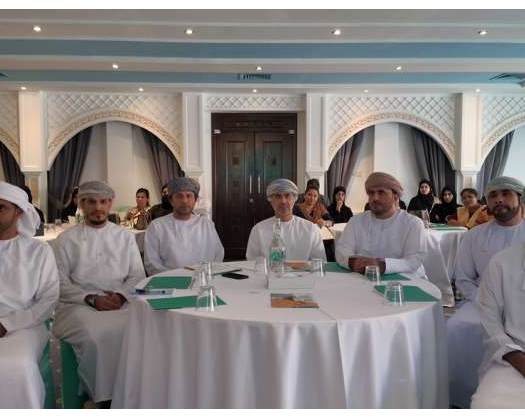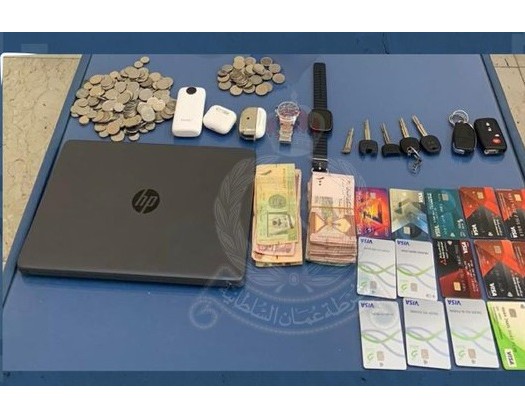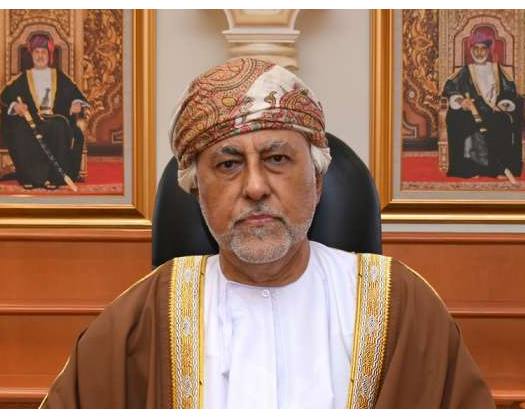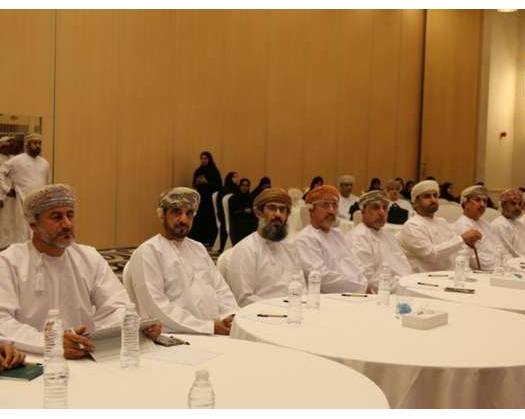Muscat: The National Centre for Cardiac Diseases and Surgery at the Royal Hospital successfully treated a complex heart disease using advanced technology. A specialized team from the Department of Interventional and Structural Cardiology utilized a temporary pump to support the left ventricle and stimulate blood circulation. The pump was implanted catheterically through the femoral artery.
Led by Dr. Hatem bin Lutfi Al Lawati, a senior consultant physician in interventional and structural cardiology, and Dr. Khaled bin Humaid Al Saeedi, a consultant physician in the same field, the medical team performed the surgery. They were supported by an integrated team from the anesthesia department, as well as the technical and nursing teams of the catheterization laboratories at the center. The entire procedure lasted approximately two hours.
The patient had been diagnosed with advanced atrophy, which compromised the pumping efficiency of the left ventricle. Additionally, there was a dangerous increase in pulmonary vascular resistance, along with blockages in all major coronary arteries due to fatty and calcified deposits in the tiny blood vessels. Due to the disease's progression to advanced stages, surgically implanting and connecting the coronary arteries was considered a risky option.
To address these issues, the medical team implanted the iVAC 2L device, a booster pump, in the left ventricle. They then broke up the dense calcifications that were causing narrowing of the main coronary artery and implanted several modern mesh stents. Throughout the catheterization procedure and the post-catheterization period, the patient remained in a stable condition. The following day, the patient was discharged from the hospital.
The catheter operation at the National Centre marks a significant advancement in treating patients with atherosclerosis of the coronary arteries, who suffer from atrophy or severe morbidity due to ischemia. These innovative technologies, along with the skilled medical team, pave the way for addressing complex cases related to valve diseases and ventricular electrical activity disorder, offering new hope for recovery from previously untreatable heart conditions.

